Connecting You to More
| Term | Description |
|---|---|
| Arc | A luminous glow formed by the flow of electric current through ionized air, gas or vapor between separated electrodes or contacts; a portion of the circumference of a circle |
| Arc Over Voltage | The minimum voltage required to create an arc between electrodes separated by a gas or liquid insulation under specified conditions |
| Arc Resistance | The degree to which a material opposes the formation of a conductive path |
| Area of Conductor | The size of a conductor cross section measured in circular mils, square inches, etc. |
| Armor | A braid or wrapping of metal, usually steel, used for mechanical protection (generally placed over the outer sheath) |
| Armored Cable | A cable having a metallic covering for protection against mechanical injury |
| ASA | The American Standards Association (former name of ANSI) |
| ASME | The American Society of Mechanical Engineers |
| ASP | A filled direct burial telephone cable used in areas subject to rodent attacks. It consists of a filled cable core, corrugated aluminum shield, corrugated steel tape, flooding compound and polyethylene jacket. |
| ASTM | The American Society for Testing and Materials |
| Attenuation | Power loss in an electrical system. In cables, generally expressed in dB per unit length (usually 100 ft.) |
| Audio Frequency | The range of frequencies audible to the human ear (usually 20-20,000 Hz.) |
| AWG | Abbreviation for American Wire Gauge |
| AWM | Designation for appliance wiring material |
| B. & S. | Abbreviation for "Brown & Sharpe Wire Gauge" - same as American Wire Gauge |
| Balanced Circuit | A circuit so arranged that the impressed voltages on each conductor of the pair are equal in magnitude but opposite in polarity with respect to ground |
| Band Marking | A continuous circumferential band supplied to a conductor at regular intervals for identification |
| Band Width | The frequency range of transmitted electrical signals (expressed in Hertz) |
| Bare Conductor | A conductor having no covering, coating or cladding |
| Bare Copper (BC) | A highly conductive, abundant and easily shaped or formed conductor material; usually used in the Building Wire, Industrial and Sound & Security industries |
| BCF | Abbreviation for Billion Conductor Feet; a quantity derived by multiplying the number of conductors in a cable by the amount of cable (usually used to indicate plant capacity or an annual requirement) |
| Binder | A spirally served tape or thread used for holding assembled cable components in place awaiting subsequent manufacturing operations. |
| Bond | The attachment at an interface between an adhesive and an adherent, or between materials attached together by adhesive |
| Bond Strength | Amount of adhesion between surfaces, e.g., in bonded ribbon cable |
| Boot | A protective covering over any portion of a cable or conductor in addition to its jacket or insulation |
| Braid | A fibrous or metallic group of filaments interwoven in cylindrical form to create a covering over one or more wires |
| Braid Angle | The smaller of the two angles formed by the shielding strand and the axis of the cable being shielded |
| Braid Carrier | A spool or bobbin on a braider which holds one group of strands or filaments consisting of a specific number of ends. The carrier revolves during braiding operations. |
| Braid Ends | The number of strands used to make up one carrier. The strands are wound side by side on the carrier bobbin and lie parallel in the finished braid. |
| Braid Shields | A woven pattern made up of small braid gauges, mostly bare copper, tinned copper, silver-plated copper, aluminum or steel. Typically have a nominal coverage of 55% to 95%. |
Showing 31 - 60 of 567

